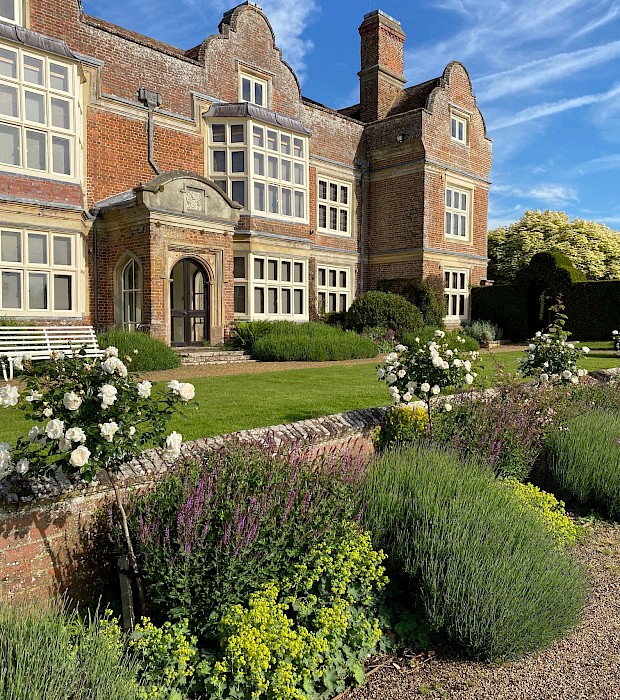
600 Years of History
Godinton House dates back to the 14th century, when its central room was first constructed. The building that was gradually formed around this space is a testament to the long social and architectural history present at Godinton, illustrating the changing tastes of its owners throughout its 600 years of history.
Home to an extensive collection of porcelain, art, and furniture, visitors can now enjoy guided tours of 10 exhibition rooms within the house, led by our expert guides.
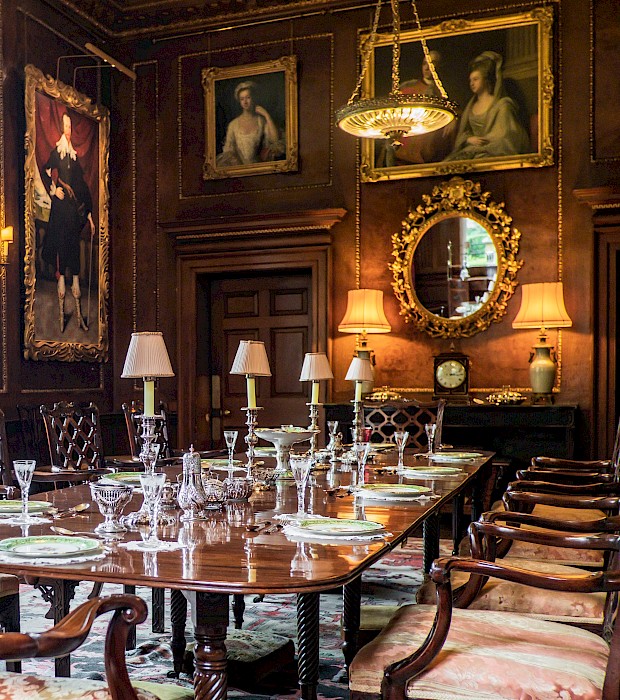
Dining Room
Mainly a reflection of late Georgian tastes, this room was reimagined in the 1700s when the ceiling was raised and the walls altered to represent walnut panelling.
Now furnished with a complete set of Mainwaring dining chairs and a 19th century Worcester Grainger dessert service, it is easy to visualise this grand space as a site of entertainment, as it was commonly used in the 1920s and 1930s.

The Great Hall
The grandest part of the house, the Great Hall features a tie beam in the centre of the room and crown post dating from the late 14th century.
It is now furnished with many unusual pieces of 17th century furniture, dating from the time of the Toke family. It continues to be used as a space for entertainment during Godinton’s winter season. For more information on winter events at Godinton please visit our events page.

The Priest Room
So called because of its ecclesiastical furnishings, the Priest’s Room was remodelled in 1925 to have a dividing wall removed, opening it to the Great Hall.
The room now features an extensive collection of Charles Vyse pottery, housed within a Queen Anne style walnut cabinet.
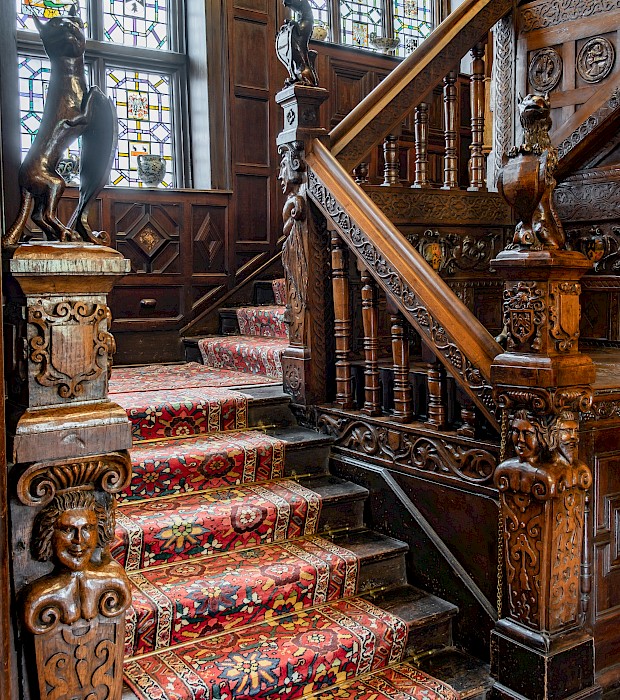
The Grand Staircase
This elaborately carved staircase was designed by Captain Nicholas Toke in 1628 to create formal access to his newly-built Great Chamber. It is lit by a wall of stained-glass windows which feature heraldic emblems showcasing the Toke marriages over the centuries.
Look out for the newels with carvings of visages representing Faith, Hope and Charity; such carvings can be spotted in various rooms throughout the house.
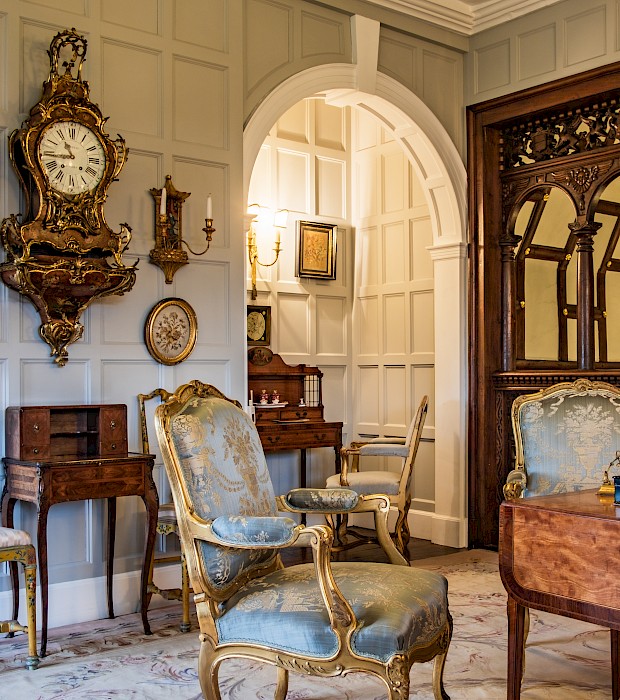
Gallery
Occasionally referred to as the Needlework Room owed to the collection of 18th century needlework images. Heavily influenced by French furnishings, decor and porcelain, the Gallery has a feminine feel in strong contrast to the Great Hall below.
The room features one of the oldest objects in the collection, dating from the time of the Tokes, a 1760 Louis XV style Gilt Ormolu bracket clock by Michau of Paris.
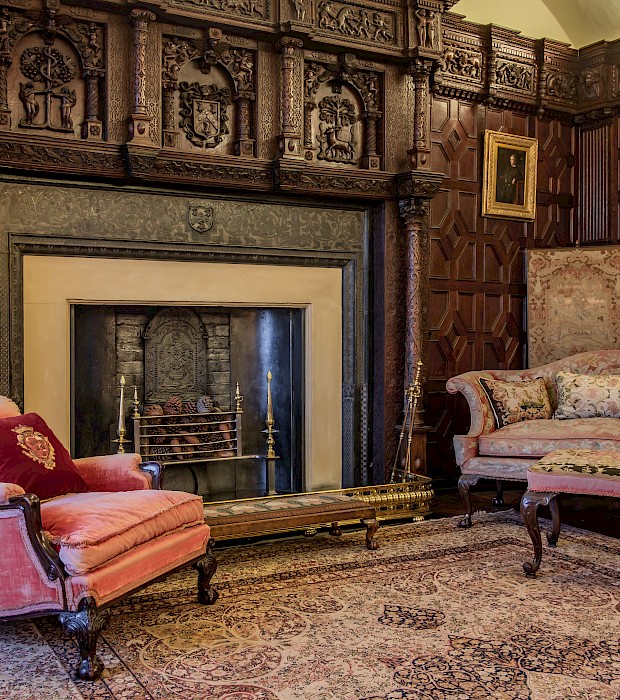
Great Chamber
One of Godinton’s most unchanged interiors, this room is still representative of the tastes of Captain Nicholas Toke who had the room constructed in the 1630s for entertaining purposes.
One of the most notable aspects are the frieze circling the room which showcases hand carved representations of militia men enacting the individual movements within a pike and musketry drill.
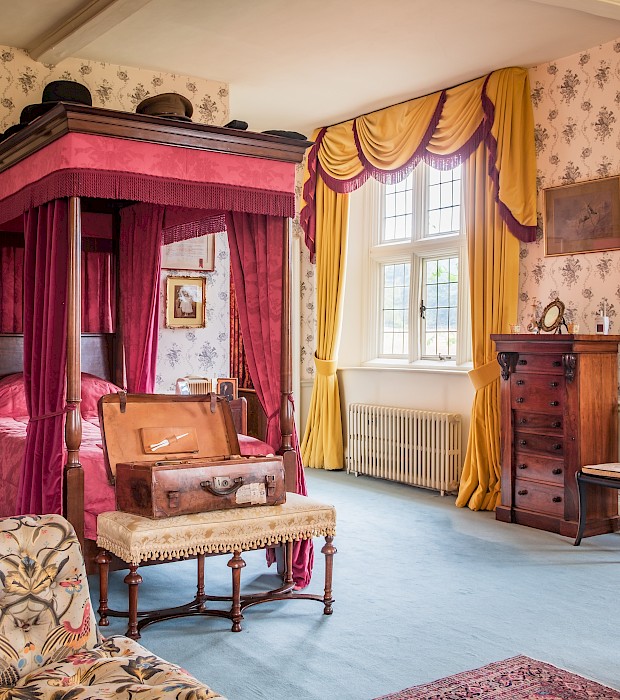
Alan's Bedroom
This room remains much as it was during the lifetime of the late Alan Wyndam Green, the last owner of Godinton House. The room contains memorabilia which chronicle key elements of Mr Wyndham Green’s life and his long association with Godinton House.
A bedstead from 1815 sits alongside a modern John Piper painting bought in 1977, epitomising the variety of tastes and furnishings collected at Godinton throughout its extensive history.
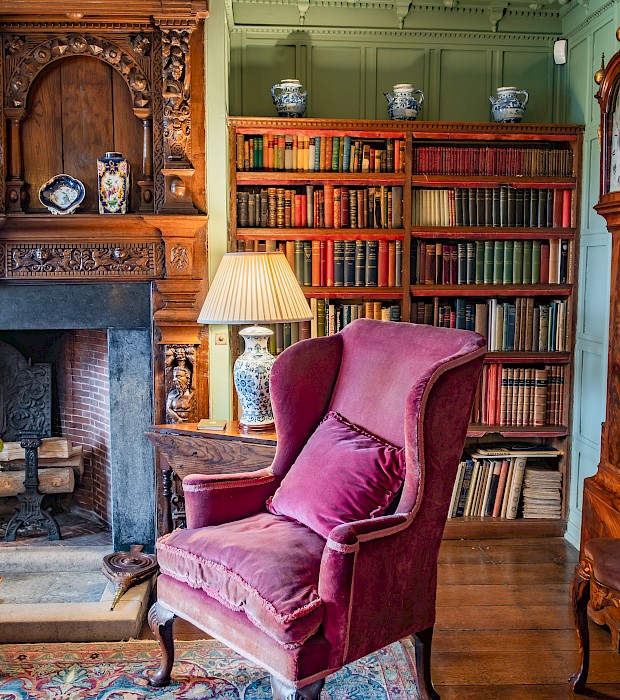
The Libraries
These libraries have a lighter aspect that contrast the darker interiors seen throughout much of the house. They are home to an extensive collection of books that are reflective of the personal tastes of the late Alan Wyndham Green, but also collections which comprehensively cover local histories.
The rooms showcase a fine collection of Worcester porcelain, including those from the first period. The porcelain collection was started by Lord Doverdale and continued by his daughter and great-grandson over nearly a century.
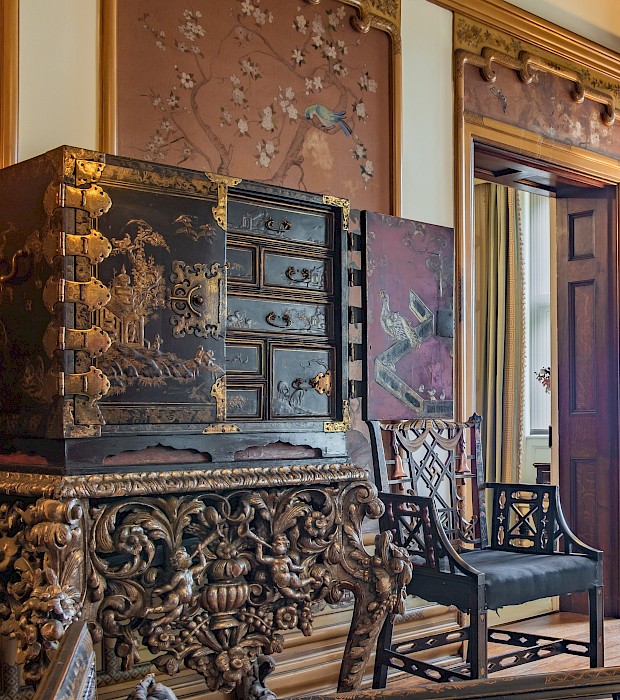
The Chinese Room
A creation of the Honourable Mrs Bruce Ward, this room is a fine example of the chinoiserie craze that became fashionable in the 1920s.
The room features a surrounding of hand painted Chinese wallpaper, and centres on a 19th century Tree of Life carpet in the style of a prayer rug.
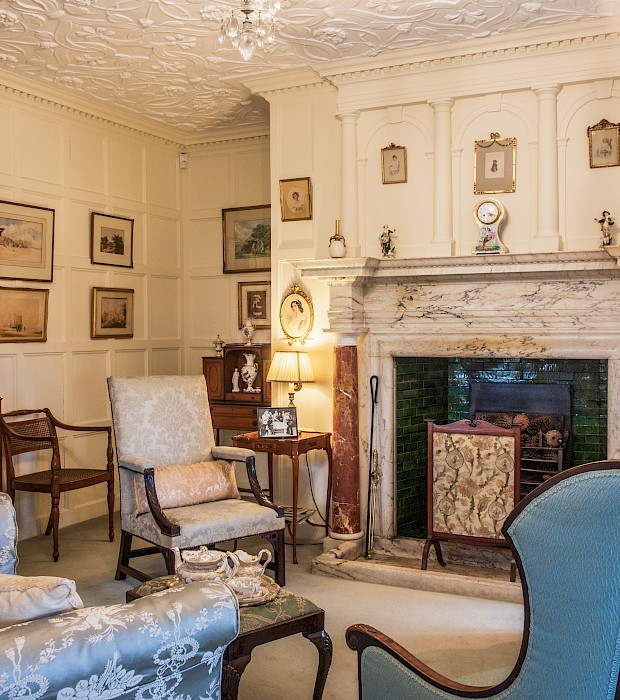
The White Room
A room in the ‘Queen Anne’ style, with white painted panels and a marble chimney piece, this space is now a setting for Mrs Bruce Ward’s 18th century furniture and china.
Look out for two of Godinton’s finest pieces of French ceramics - the pair of large decorated Sévres cups dating from 1761.
